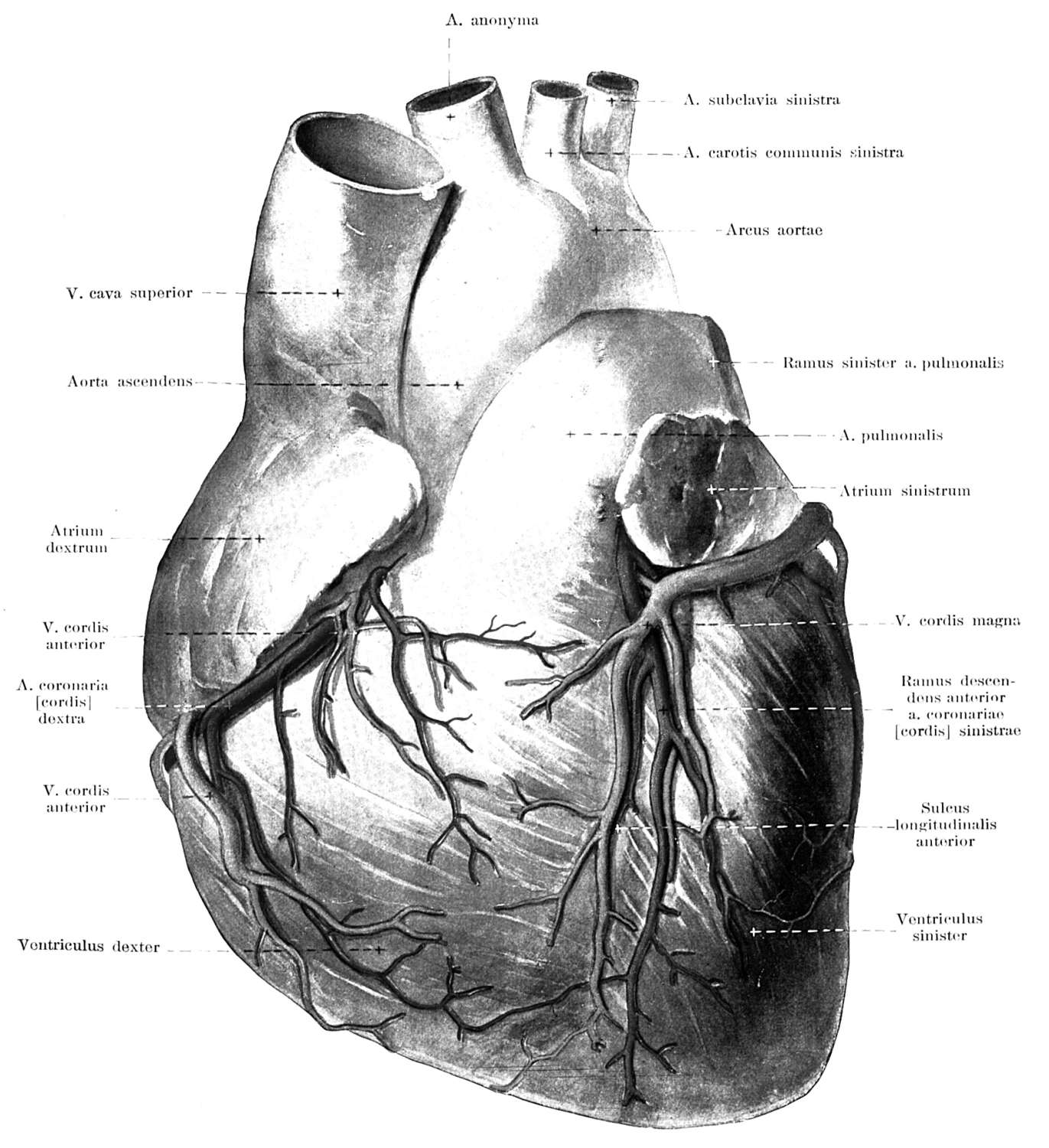
WEDNESDAY, Aug. 7 (HealthDay News) — People who suffer sudden cardiac arrest at a fitness center are more likely to survive than those stricken at other indoor locations such as restaurants or malls, a new study finds.
The improved chance of survival is likely because of better availability of automated external defibrillators and an increased likelihood of receiving early CPR, the researchers said.
“Our findings should encourage broader implementation of and adherence to recommendations for [automated external defibrillator] placement and sudden cardiac arrest response protocols at traditional exercise facilities,” said study lead author Dr. Richard Page, chairman of the department of medicine at the University of Wisconsin School of Medicine and Public Health. “In addition, these standards should be extended to alternative fitness facilities, where sudden cardiac arrest incidence is comparable to that seen at traditional exercise facilities.”
Sudden cardiac arrest, which occurs when the heart suddenly stops beating, is usually fatal if not treated within minutes.
For the study, published online Aug. 7 in the Journal of the American College of Cardiology, the research team looked at nearly 850 sudden cardiac arrests that occurred at public indoor facilities in two counties in Washington between 1996 and 2008. These included traditional exercise facilities such as health and fitness centers; alternative exercise facilities such as bowling alleys, dance studios and workplace or hotel gyms; and non-exercise facilities such as banks, restaurants, shopping centers and airports.
The researchers found that 52 sudden cardiac arrests occurred at traditional exercise facilities, 84 at alternative exercise facilities and 713 at non-exercise facilities. Survival rates were 56 percent, 45 percent and 34 percent, respectively.
Seventy-seven percent of the sudden cardiac arrests occurred during exercise, 18 percent after exercise, and 4 percent before exercise, the researchers found.
When they suffered sudden cardiac arrest, about 20 percent were playing basketball; about 12 percent were dancing or working out; around 9 percent were using a treadmill and about 6 percent were playing tennis. About 5 percent each were bowling or swimming.
Basketball often is played at non-traditional sites, such as church gyms or community recreation centers, that might not have defibrillators, the researchers said.
Previous studies have shown that regular exercise greatly reduces a person’s overall risk of sudden cardiac arrest. The risk of sudden cardiac arrest, however, is slightly higher during and immediately after exercise.
More information
The U.S. National Heart, Lung, and Blood Institute has more about sudden cardiac arrest.
Copyright © 2025 HealthDay. All rights reserved.

